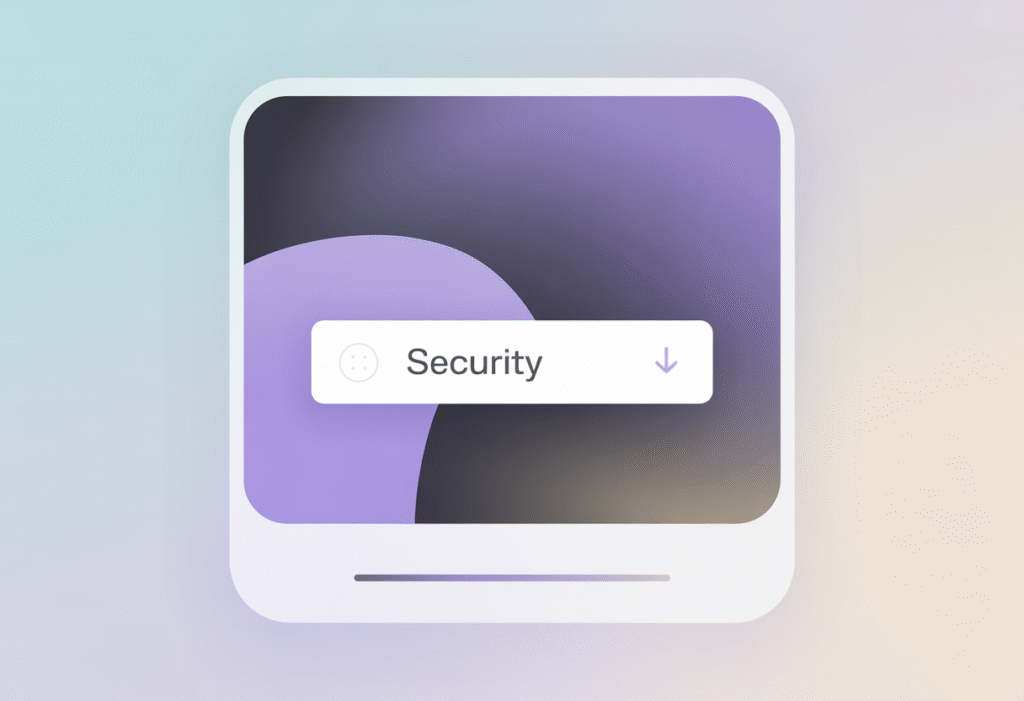Why Traditional Consumer Research Fails—and How We Fix It
Traditional consumer surveys are plagued by bias: people give optimistic answers, professional test-takers game the system, and survey fatigue leads to unreliable data. Instead of asking hypothetical questions, our synthetic consumer panel analyzes real shopper behavior—product reviews, social conversations, and forum discussions—to predict how your CPG concepts will perform.
The Problem with Traditional Surveys
Survey respondents don't behave like real shoppers:
- Optimistic bias: People overstate purchase intent when there's no commitment required
- Professional test-takers: Frequent survey participants learn to game the system for rewards
- Respondent fatigue: Survey overload leads to careless or rushed answers
- Framing effects: How you ask the question influences the answer more than the actual product
- Social desirability: Respondents answer what they think you want to hear
Our Method: Real Consumer Data, Not Survey Opinions
We train our synthetic consumer panel on millions of authentic consumer datapoints from reviews, forums, and social media conversations. This captures how people actually talk about products when they're not being surveyed—real language patterns, unfiltered preferences, and genuine purchase drivers.
How It Works
- Data Collection: We analyze public consumer language from product reviews, social posts, and forum discussions. No proprietary data, no personally identifiable information—just real shopper behavior at scale.
- Pattern Recognition: Advanced NLP and machine learning pipelines identify the consumer characteristics that actually drive purchase decisions: what makes people buy, what turns them off, and how they talk about products they love versus products they ignore.
- Share of Voice Analysis: We quantify which consumer perspectives dominate your category—health-conscious moms, budget shoppers, sustainability advocates—and in what proportions.
- Digital Twin Generation: The system creates synthetic consumers that mirror real category shoppers, weighted by actual share of voice and sentiment patterns from millions of behavioral datapoints.
- Concept Testing: Your concepts are evaluated by these digital twins, producing predictions that correlate with real-world outcomes without survey bias.
Data Sources: Public, Authentic Consumer Behavior
What we use: Licensed APIs and publicly available consumer language from reviews, forums, and social posts. Everything is anonymized and used only to understand broad language patterns, not individuals.
What we DON'T use: Client survey data is never used for training. Your concepts and test results never become training data. Calibration is optional and can be disabled.
Why This Method Outperforms Traditional Research
| Traditional Surveys | Synthetic Consumer Panel |
|---|---|
| Hypothetical scenarios | Real behavioral patterns |
| Optimistic purchase intent | Grounded in actual reviews and sentiment |
| Professional test-takers | Digital twins based on authentic consumers |
| Survey fatigue and careless answers | No fatigue—consistent signal quality |
| Framing bias from question wording | Unprompted language analysis |
| Social desirability effects | Real consumer voice, not what they think you want to hear |
| 5-20 concepts max before fatigue | Test hundreds of concepts without quality degradation |
Validation: Academic Research and In-Market Correlation
Independent studies, including MIT research, show that digital-twin behavior models can reach approximately 80% accuracy in predicting consumer behavior. Our synthetic panel correlates strongly with consumer survey results and aligns with in-market outcomes across multiple CPG categories.
Frequently Asked Questions
Are you scraping anything sensitive or identifiable?
No. Everything is public, anonymized, and used only to understand broad language patterns, not individuals.
Is any client survey data used to train the model?
No. Client survey data is never used for training. It can be used optionally for calibration of metric relationships (e.g., how uniqueness correlates with purchase interest), but calibration can be disabled.
How do you prevent past client tests from influencing new predictions?
Client data is excluded from training. Your concepts and survey results never become training data. Calibration is optional and isolated to your account.
Could certain demographics be over- or under-represented?
The dataset is broad and diverse, but we can apply weighting or demographic filters if desired to match your target market.
How many concepts can be tested without fatigue?
In consumer surveys, each person sees only five concepts in random order to minimize fatigue. The synthetic model has no fatigue at all—you can test hundreds of concepts while maintaining signal quality.
How reliable are synthetic predictions compared to traditional quantitative research?
They offer a more stable, noise-resistant early-stage read and often correlate better with in-market reality than survey-only data. Concepts that score high synthetically tend to score high in consumer testing and perform better in the market.
The Result: Faster, More Accurate Predictions
Instead of waiting days for survey results that may be biased by framing effects and professional test-takers, you get predictions in minutes based on how millions of real consumers talk about products like yours—what they love, what they hate, and what drives them to buy.

